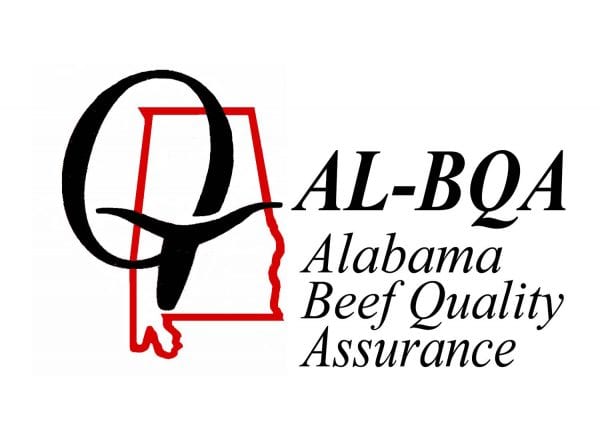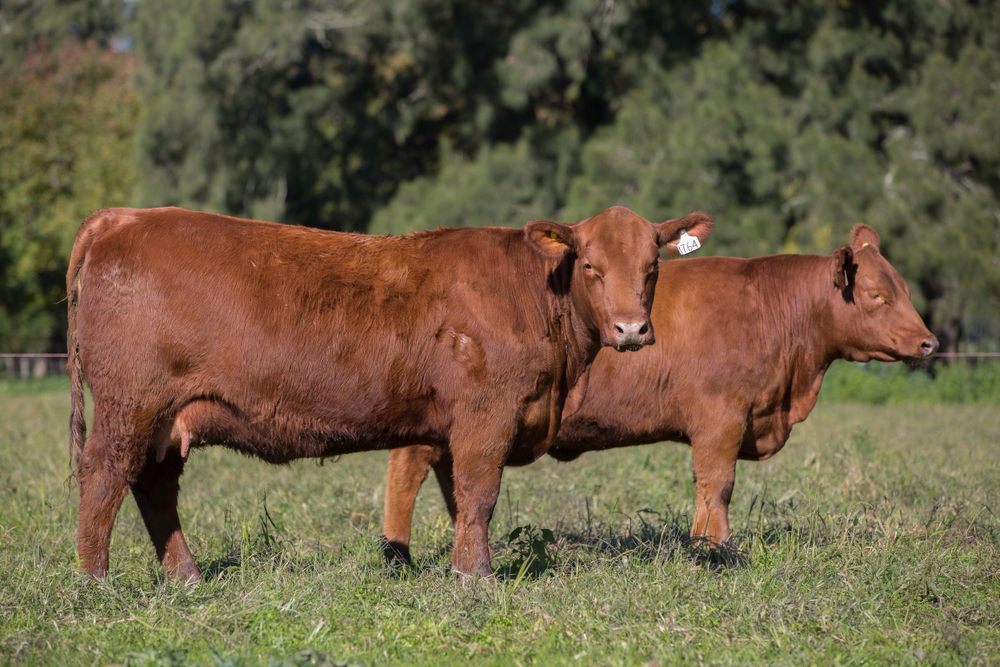Beef

A good herd health program is essential for a profitable cattle operation. Healthier, better-performing cattle ensure production of an abundant, safe, wholesome supply of beef products that consumers can purchase and consume with confidence.
An effective herd health program results in fewer medical expenses, death losses, and quality problems. Performing recommended herd health management practices is critical for the following:
- Sustainable and profitable beef production
- Improved animal health and performance
- Decreased costs and cull rates
- Reduced drug usage
- Reduced potential for meat residues and carcass blemishes
Your Veterinarian’s Role in Herd Health
Your veterinarian plays an important role in preventing, diagnosing, and treating disease. Establish a valid veterinarian-client-patient relationship (VCPR) with a local veterinarian and work with him or her to develop a health care program designed to fit your specific needs.
The Food and Drug Administration (FDA) defines a VCPR as one with the following conditions:
- A veterinarian has assumed the responsibility for making medical judgments regarding the health of (an) animal(s) and the need for medical treatment, and the client (the owner or manager of the animal or animals) has agreed to follow the instructions of the veterinarian.
- There is sufficient knowledge of the animal(s)by the veterinarian to initiate at least a general or preliminary diagnosis of the medical condition of the animal(s).
- The practicing veterinarian is readily available for follow-up in case of adverse reactions or failure of
the regimen of therapy. Such a relationship can exist only when the veterinarian has recently seen and is personally acquainted with the care of the animal(s) by virtue of examination of the animal(s) and/or by medically appropriate and timely visits to the premises where the animal(s) are kept.
Disease Prevention
Investing in disease prevention is more cost effective than paying for disease treatment. Some examples include the following:
- Proper management (vaccinations, deworming, and low-stress handling) of calves versus treatment of respiratory diseases and injuries.
- Isolation and screening for infectious diseases of newly purchased cattle to ensure absence of disease versus introducing disease into the herd.
- Calving cows in a favorable environment versus treatment of calf scours and uterine infections.
- Develop a comprehensive herd-health management program and timeline for implementation in consultation with your local veterinarian and other professionals who can provide consistent and ongoing support.
The Decision to Treat
Even with superior herd management, some animals will become sick. Selecting the right treatment depends on accurately diagnosing and assessing the problem. The decision to treat an animal(s) should be based on specific criteria:
- Will the animal return to a healthy, productive state without treatment?
- Will treatment return the animal to a healthy, productive state?
- What treatment best fits the disease and herd management?
- Should the animal be sold?
- Should the animal be euthanized?
Many illnesses are controlled or cured by the animal’s own natural defenses; hence, a drug may not be necessary to effect a cure. Even worse, the stress of treating the animal may further reduce performance. If the animal cannot return to a healthy, productive state on its own, another action is needed: treat, sell, or euthanize. If the decision is to treat, carefully evaluate the response to drug therapy. Professional veterinary assistance is essential. Drug therapies may fail due to incorrect choice of drug, dosage, route of administration, storage of drugs, handling and care of drugs, or duration of treatment. For more information about handling, storing, and administering cattle drugs, please refer to ANR-1279, “Cattle Health Product Use and Storage,” and ANR-1280, “Administering Cattle Health Products Properly.”
If treatment will not return the animal to a healthy, productive state, then the decision is to euthanize or sell. An animal
not fit for human consumption should be euthanized, using a method approved by the American Association of Bovine Veterinarians and the American Veterinary Medical Association. An animal that is not healthy enough to withstand the rigors of sale and transport should also be euthanized. Once euthanized, the carcass must be disposed of in a manner consistent with local, state, and federal regulations (see ANR-1324, “Livestock Carcass Disposal,” for more information).
Selling a sick animal in lieu of treatment is risky. Only animals suitable for human consumption should enter the food chain. Ask yourself the question, “Would I feed meat from this animal to my family?” If the answer is no, then the animal should be euthanized. Too many times, the decision to sell is reached after lengthy treatment. If the treatment is not working, you are selling an animal in worse shape than when the original problem was diagnosed. You must also consider the withdrawal time for all treatments, and there is a high probability that the condition of the animal will deteriorate after treatment is removed.
Practices to Ensure Good Herd Health
Maintain a sanitary environment. When needed, building ventilation should be adequate to control odors and moisture. A clean, dry, bedded maternity area should be available in case of calving difficulty. Keep feeding areas free of standing water, excess manure, and unnecessary farm items.
Provide adequate nutrition. Cows, especially lactating cows, should have access to quality roughage as part of a balanced ration. Check farm-raised feedstuffs for nitrates, mycotoxins, and other soil or climate-induced contaminants. Keep feeders or feeding troughs dry and free of stale, moldy feed and manure. Evaluate the ration periodically for balanced protein, energy, fiber, and micronutrients to ensure that nutrient requirements are being met. Observe all required withdrawal periods for animals being sent to slaughter after consuming medicated feeds. Make sure that all individuals who work with the cattle are aware of any medications in feeds and that proper withdrawal times are observed.
Use care when breeding and calving. Use proper artificial insemination techniques. Pregnancy-check exposed females at least 45 days following the breeding season. Use plastic sleeves, proper procedures, and products when inseminating cows or assisting in calving.
Provide cows with a clean, well-drained, and supervised area in which to calve. Watch cows closely as calving season approaches and after calving for signs of normal heat and evidence of reproductive health.
Treat all uterine, vaginal, and mammary infections according to veterinarian recommendations. Do not infuse cows unnecessarily. Do not attempt to manually remove retained placentas. For more information about retained placentas, see ANR-1404, “Common Complications with Calving.”
Retain cows that are being culled for reproductive problems long enough so drug withdrawal times are met.
Develop and follow a vaccination and parasite control program. Vaccinate all cattle for appropriate diseases
as determined by you and your veterinarian. Make sure needles used for vaccinations are clean, sharp, and of the proper size. Properly dispose of needles and syringes to prevent accidents and the spread of disease and to reduce liability. Work with your veterinarian to develop a treatment program for parasites. Use FDA-approved insect control sprays in strict accordance with label directions, including container disposal.
Follow a biosecurity plan. Keep all incoming animals separate from the herd for an appropriate time and
tested for certain diseases based on your veterinarian’s recommendations. This is termed isolation or quarantine. Maintain fences to prevent mixing your cattle and your neighbor’s cattle. Make sure outside individuals who work with your cattle adhere to clean, sanitary practices, such as clean clothing, clean equipment, and clean trucks.
Download a PDF of Alabama Beef Quality Assurance: Managing for Good Herd Health, ANR-1278.


